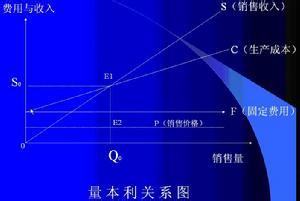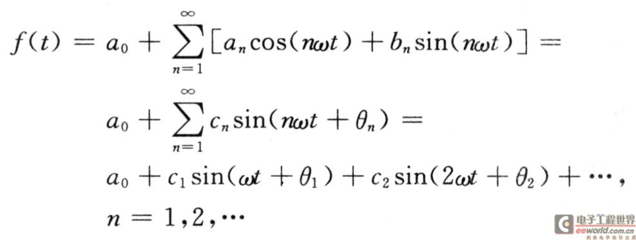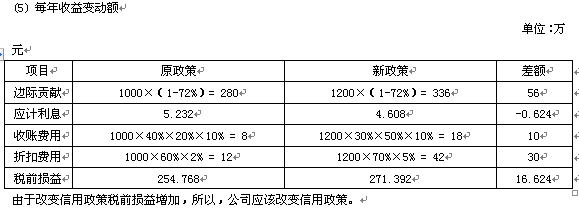边际贡献,国际会计英语中称为contribution margin。边际贡献是管理会计中一个经常使用的十分重要的概念,它是指销售收入减去变动成本后的余额,边际贡献是运用盈亏分析原理,进行产品生产决策的一个十分重要指标。通常,边际贡献又称为“边际利润”或“贡献毛益”等。
边际贡献_边际贡献 -基本概念
边际贡献
边际贡献是管理会计中一个经常使用的十分重要的概念,它是指销售收入减去变动成本后的余额,边际贡献是运用盈亏分析原理,进行产品生产决策的一个十分重要指标。通常,边际贡献又称为“边际利润”或“贡献毛益”等。

边际贡献_边际贡献 -作用
边际贡献
在产品销售过程中,一定量的品种边际贡献首先是用来弥补企业生产经营活动所发生的固定成本总额,在弥补了企业所发生的所有固定成本后,如有多余,才能构成企业的利润。这就有可能出现以下三种情况:
(1) 当提供的品种边际贡献刚好等于所发生的固定成本总额时,企业只能保本,即做到不盈不亏。
(2) 当提供的品种边际贡献小于所发生的固定成本总额时,企业就要发生亏损。
(3) 当提供的品种边际贡献大于所发生的固定成本总额时,企业将会盈利。
因此,品种边际贡献的实质所反映的就是产品为企业盈利所能作出的贡献大小,只有当产品销售达到一定的数量后,所得品种边际贡献才有可能弥补所发生的固定成本总额,为企业盈利作贡献。
国际会计英语中称为contribution margin。
A cost accounting concept that allows a company to determine the profitability of individual products.
It is calculated as follows:
Product Revenue - Product Variable Costs
Product Revenue
The phrase "contribution margin" can also refer to a per unit measure of a product's gross operating margin, calculated simply as the product's price minus its total variable costs.
Consider a situation in which a business manager determines that a particular product has a 35% contribution margin, which is below that of other products in the company's product line. This figure can then be used to determine whether variable costs for that product can be reduced, or if the price of the end product could be increased.
If these options are unattractive, the manager may decide to drop the unprofitable product in order to produce an alternate product with a higher contribution margin.
 爱华网
爱华网



